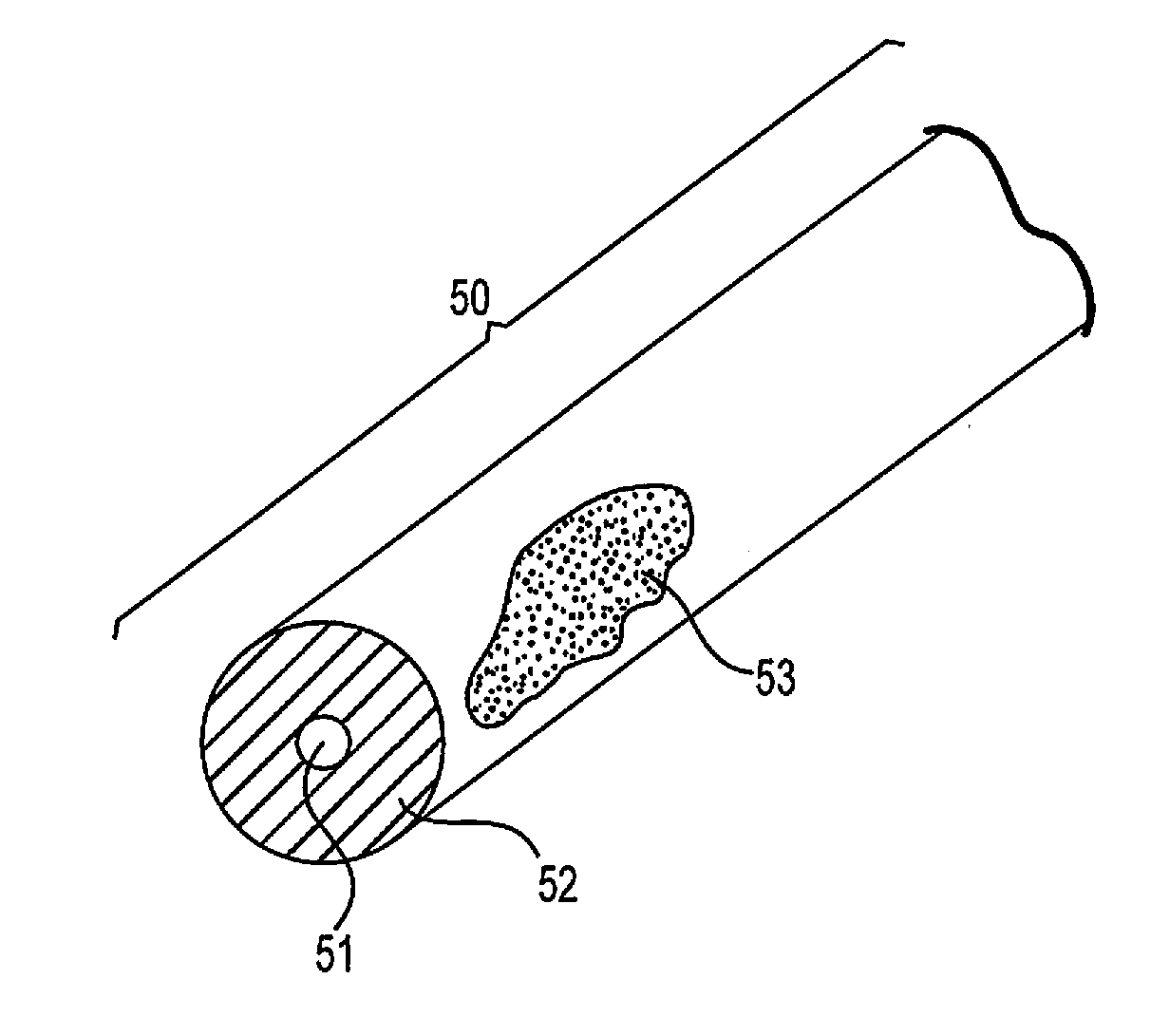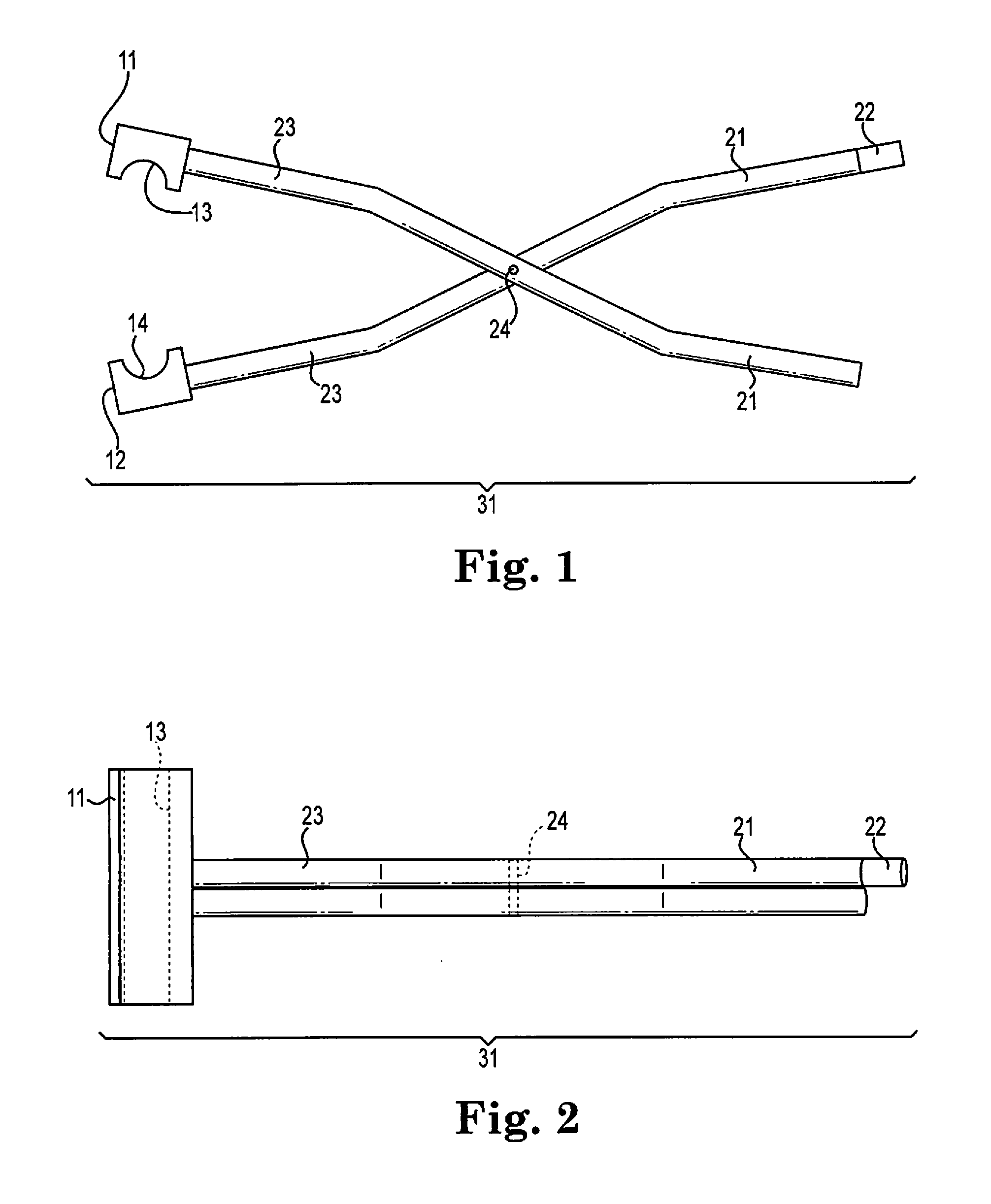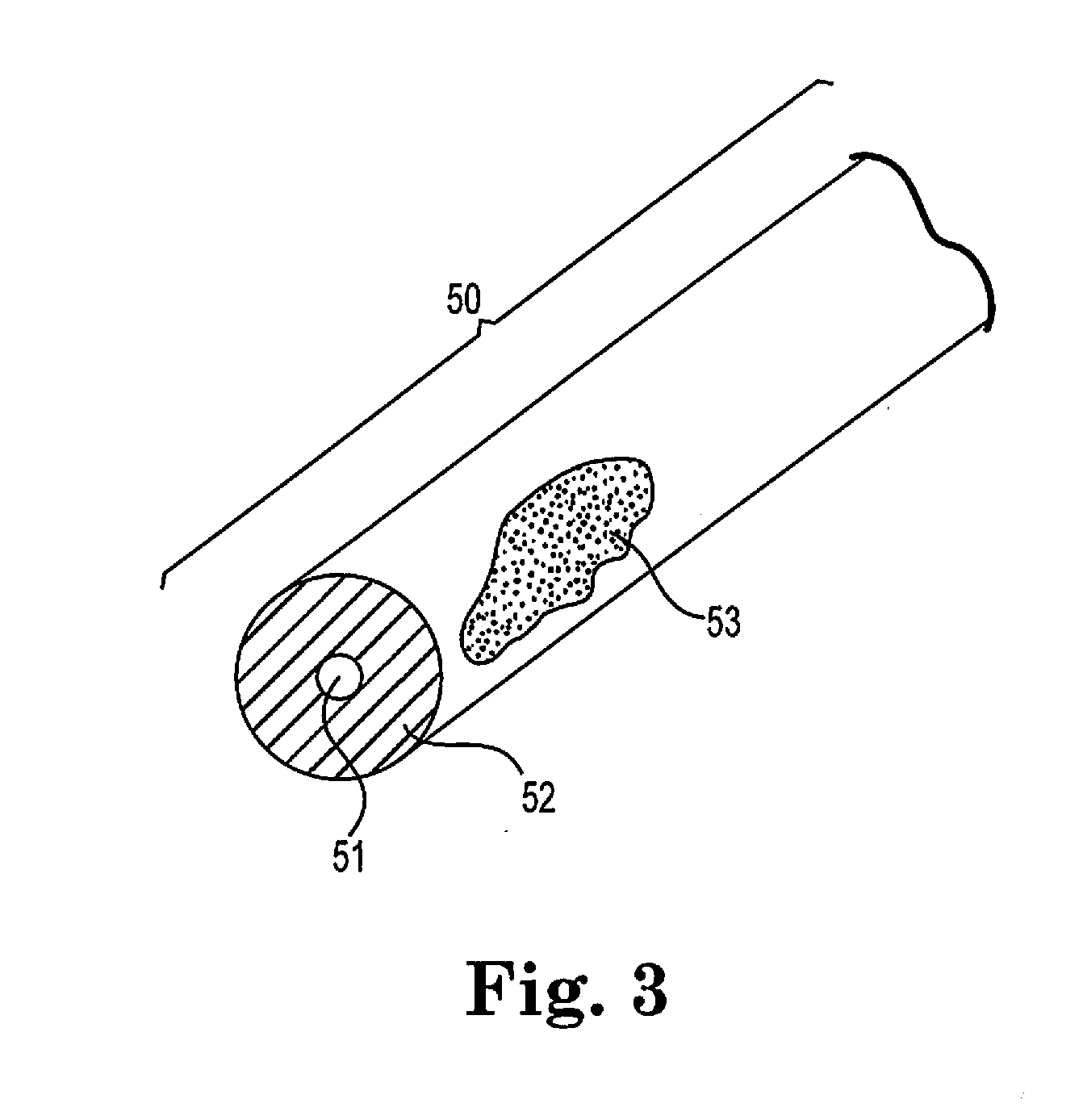Low-Melt Poly(Amic Acids) and Polyimides and their Uses
a technology of low-melt polyimide and amic acid, applied in the field of low-melt poly (amic acid) and polyimide and their use, can solve the problems of high brittleness, high cost, and easy damage to mechanical and electrical components, and achieve the effect of reducing the brittleness associated with polyimide insulation
- Summary
- Abstract
- Description
- Claims
- Application Information
AI Technical Summary
Benefits of technology
Problems solved by technology
Method used
Image
Examples
example 1
Poly(amic acids) (PAAs) and polyimides were prepared by a polymerization reaction of a dianhydride and a diamine. The polymerization reaction initially forms a PAA. The PAA can be converted to the corresponding polyimide by heating to 150° C. In several cases, the reaction also included an end capping cross-linker.
Examples of dianhydrides found useful were bisphenol A dianhdyride and B-4400:
Diamines evaluated and found most useful in the invention included the aliphatic diamines DAD, XTJ-452, and DAPS, and the aromatic diamine ODA:
The cross-linker tested was maleic anhydride. Acrylic acid, methacrylic acid, allyl alcohol, allyl amine, and vinyl amine are other useful crosslinkers.
Several formulations which have undergone extensive evaluations include those produced from the following reaction mixtures:
BPADA / DAPS / ODA / MAA (9:8:2:2)m (SPIF)
BPADA / XTJ-542 / ODA / MAA (4:2:3:2)m
BPADA / XTJ-542 / DAPS / ODA / MAA (4:2:1:2:2)m
BPADA / XTJ-542 / diaminodisiloxane / ODA / MAA (5:2:2:2:2)m
example 2
Laboratory Preparations of Low-Melt Polyimides and PAAs:1. 70 ml of NMP solvent and 8.75 g diaminododecane (DAD) were mixed in a 200 ml, three necked round bottom flask fitted with a N2 inlet, thermocouple, and stopper. This amine mixture was heated to 70° C. in order to melt and dissolve the amine. The solution was cooled to 55° C. after which 26.0 g of BPADA flake were added to the stirring amine solution. Rapid stirring was needed to keep the anhydride flake from clumping together during the early part of the reaction. An exotherm of 20° C. to 75° C. was noted. The temperature and stirring of the reaction mixture was maintained at 40° C. for 18 hrs. after which the solution was filtered through a paper filter to remove any insoluble debris. The final product is a viscous, amber liquid containing approximately 33% poly(amic acid).2. 50 ml of N-methylpyrrolidone solvent (NMP), 3.60 g (0.018 mole) of oxydianiline (ODA), and 24.96 g (0.024 mole) of XTJ-542 polyether diamine were mixe...
PUM
| Property | Measurement | Unit |
|---|---|---|
| temperature | aaaaa | aaaaa |
| temperature | aaaaa | aaaaa |
| melting temperature | aaaaa | aaaaa |
Abstract
Description
Claims
Application Information
 Login to View More
Login to View More - R&D
- Intellectual Property
- Life Sciences
- Materials
- Tech Scout
- Unparalleled Data Quality
- Higher Quality Content
- 60% Fewer Hallucinations
Browse by: Latest US Patents, China's latest patents, Technical Efficacy Thesaurus, Application Domain, Technology Topic, Popular Technical Reports.
© 2025 PatSnap. All rights reserved.Legal|Privacy policy|Modern Slavery Act Transparency Statement|Sitemap|About US| Contact US: help@patsnap.com



